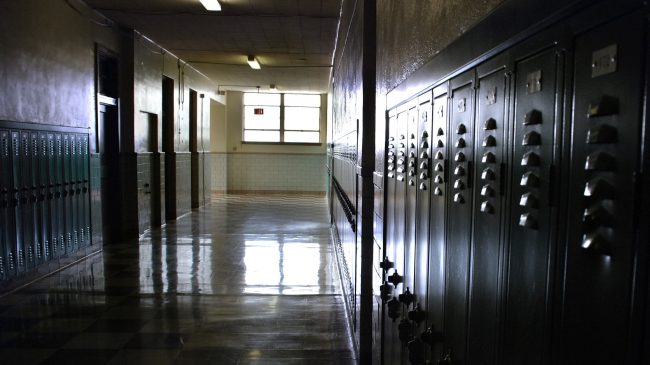Public education’s dirty secret has all of the markings of a story that should make the Twitterverse explode: money, politics and blatant discrimination. The only problem, it seems, is that this scandal has nothing to do with the establishment’s favorite piñata — charter schools — and is something that superintendents sometimes boast about.
Contrary to popular belief, public school districts don’t “accept all comers.” In most states, districts have substantial discretion in setting their transfer policies, which determine the extent to which they allow non-resident students to fill open seats. Some districts reject transfer students altogether; others erect substantial hurdles that are difficult, if not impossible, for families to clear. Few welcome outsiders with open arms.
For example, Texas’ Lovejoy Independent School District charges transfer students up to $14,000 annually and has a stringent admissions process that includes academic and attendance requirements. In fact, the district won’t accept students who didn’t pass all portions of their latest state exams. It’s a similar story in Tennessee where Williamson Public Schools charges families $6,418 and Maryville City Schools charges $2,200. So, while charters often are falsely accused of “skimming” the best kids, some school districts do exactly that while trying to make a few bucks off families who seek better opportunities.
The question is, why aren’t school districts living up to their purported mission to serve all students?
The first reason is that many have little financial incentive to do so. Most state funding systems are a shared responsibility between state and local coffers, with property-wealthy districts raising most, if not all, of their revenue with local dollars. As a result, transfer students tend to generate few, if any, additional dollars for these districts. In fact, new students might leave them with fewer per-pupil dollars. While this is nevertheless inexcusable — property-wealthy districts often outspend their less affluent counterparts, anyway — it’s a perverse incentive that’s baked into most school finance formulas and a factor that superintendents and school board trustees weigh when setting policy.
Additionally, there is substantial political pressure for districts to reject transfer students, especially kids from low-income communities. Some superintendents are reluctant to create tension with their peers, but the most pressure comes from within a district’s own community. Research has found that a district is more likely to reject transfer students if its student achievement or household socioeconomic characteristics are substantially greater than a neighboring district.
A study by the Thomas B. Fordham Institute seems to lend support to this effect, finding that the roughly 20 percent of Ohio districts that don’t allow transfer students are disproportionately clustered around the state’s urban areas, concluding that the data “paint a picture of prosperous, high-achieving, suburban districts electing not to accept inter-district transfers, while rural districts in the state, which are less affluent and lower-achieving, largely choose to accept transfers.”
This is problematic. A report by California’s Legislative Analyst’s Office (LAO) found that families transfer to districts for a variety of reasons, including to seek out specialized curricula or to give kids who are bullied a fresh start. Studies also suggest that students tend to transfer to higher-performing districts and that open enrollment policies could be especially beneficial for kids leaving high-poverty districts. But what about the effects of open enrollment on districts that lose students? According to LAO, the competitive effects force some districts to engage with their communities and implement new educational programs to attract and retain students, as Riverside Unified School District did.
State policymakers should focus on a few primary reforms. First, school districts should be required to report their transfer policies and capacity rates by school. Districts should have these utilization rates available anyway, and the public deserves to know this information. State policymakers also should pursue school finance reforms that diminish the role of local education revenue. This will help put districts on equal footing and ensure that the right incentives are in place for districts to welcome transfer students. Lastly, policymakers can consider a universal open enrollment policy that requires districts to accept transfer students if they have the capacity to do so. One model to look toward is Florida’s Controlled Open Enrollment law, which has helped families obtain new educational opportunities.
The unfortunate reality is that not all school districts are entirely “public.” It’s time to shine a light on this dirty secret and address a problem that disproportionately harms low-income families.
This column originally appeared in The Hill.

